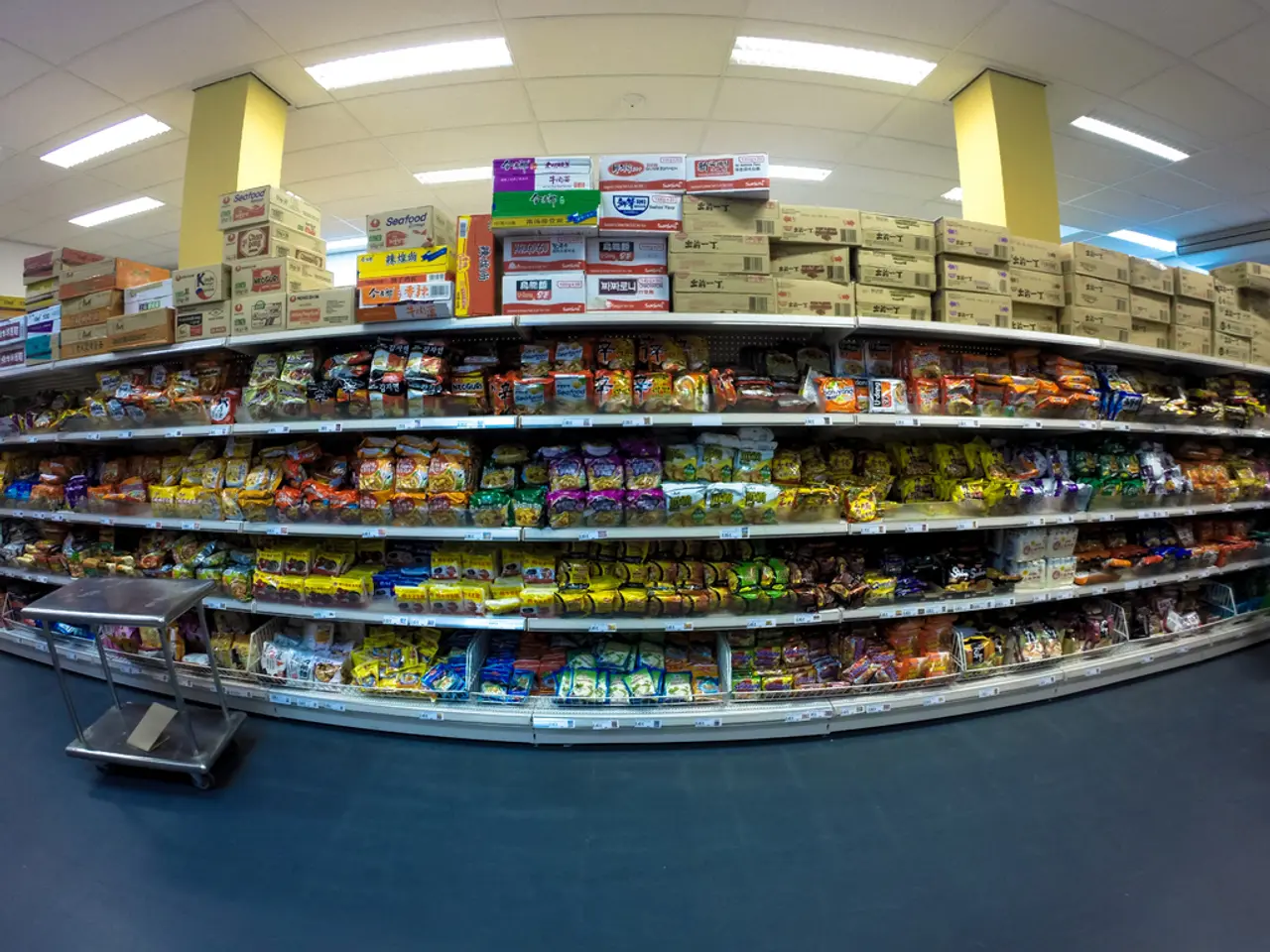Enhancements to Point-of-Sale (POS) Retail Systems Boosting the Checkout Process
Optimizing Checkout Efficiency and Customer Satisfaction in Retail POS Systems
Modern retail Point of Sale (POS) systems are designed to enhance the checkout experience, streamline transactions, and improve overall customer satisfaction. Here are some key strategies that retailers can employ to achieve this.
Simplifying the Checkout Process
One of the primary ways to optimize checkout efficiency is by simplifying and speeding up the checkout steps. This can be achieved by reducing form fields, using smart defaults, showing checkout progress, and enabling guest checkout options to minimize friction.
Leveraging Advanced Technology
Incorporating advanced technology is another crucial aspect of optimizing checkout efficiency. Offering multiple and popular payment options, such as mobile wallets and stored payment methods, can accommodate diverse customer preferences and accelerate payment processing. Utilizing auto-complete and input masking technologies can reduce data entry errors and make form filling faster and more intuitive.
Improving User Interaction
Modern retail POS systems improve the checkout experience by featuring touchscreen interfaces, barcode scanning technology, and real-time inventory updates. Quicker navigation and selection reduce checkout times compared to traditional button interfaces, while intuitive designs simplify staff training and operations, minimizing the steps needed to complete transactions.
Engaging Customers During Transactions
Active customer engagement during transactions is another effective strategy for optimizing checkout efficiency. Incorporating real-time shipping estimates and order summaries can improve transparency and build trust before finalizing purchases. Gathering real-time customer feedback at the point of sale through concise surveys can help identify pain points quickly and respond promptly, enhancing customer satisfaction and loyalty.
Investing in Efficient Hardware and Staff Training
Investing in fast payment terminals, mobile POS devices, and self-checkout stations with nearby support staff can speed up physical transactions and reduce queue times. Proper staff training, especially during peak hours, is also essential for handling checkout efficiently, thus preventing long lines and enhancing customer experience.
Customizing POS Interfaces and Integrating with Other Systems
Customizing POS interfaces and integrating with CRM and inventory systems can further enrich customer interactions. This can enable personalized marketing, loyalty programs, and operational efficiency. Advanced reporting provides insights into customer preferences, helping you adjust strategies and promotions. Customizable layout options allow for quick access to frequently used features during busy periods, and real-time inventory updates prevent overselling, ensuring customers can buy items that are in stock.
By combining these approaches—technology-enabled speed, user-friendly design, staff readiness, and customer engagement—retailers can effectively optimize checkout efficiency and customer satisfaction in POS systems. Additionally, mobile payment acceptance not just improves transaction security but also speeds up the checkout process, leading to greater customer satisfaction.
In conclusion, a well-designed and efficiently managed POS system can offer numerous benefits to retailers, such as streamlining transactions, real-time inventory tracking, detailed sales reports, reduced training time, and optimized staffing and inventory management. These benefits, in turn, contribute to improved customer satisfaction and increased sales.
Tokenized payments can be incorporated into retail POS systems to enhance transaction security and speed up the checkout process, thereby pleasing customers. The integration of wallet gadgets, such as digital wallets, into retail Point of Sale systems can accommodate various customer preferences and optimize checkout efficiency.




